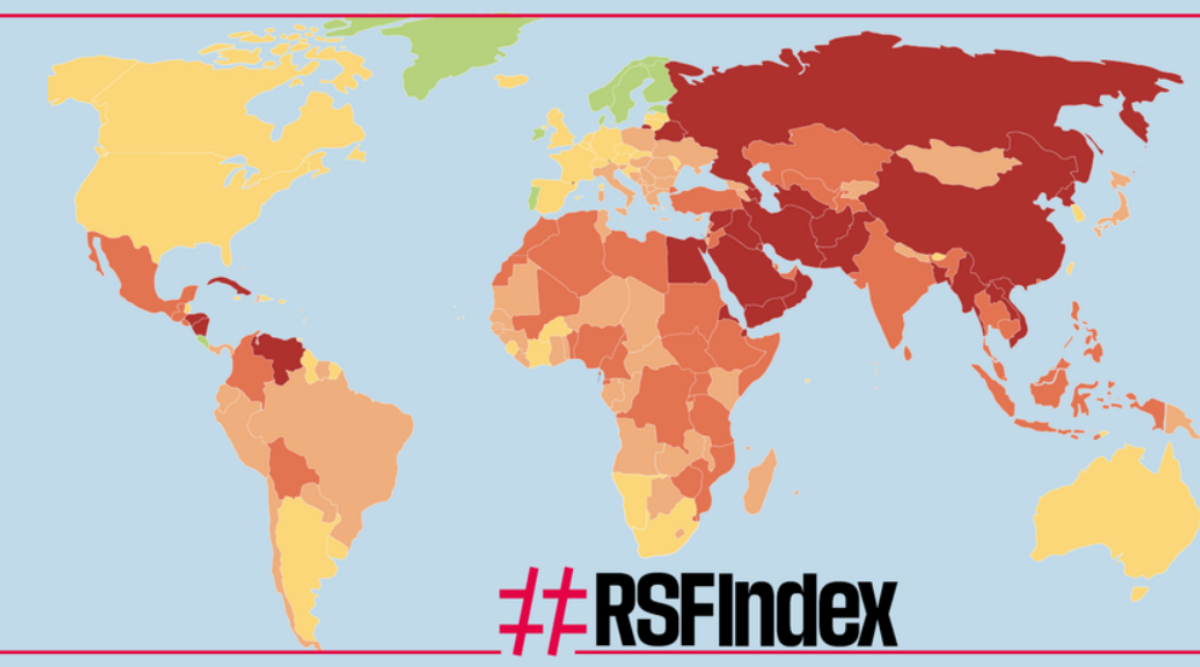Dr Mir Anayat
Skin is the largest organ in our body which protects us from microbes, helps to regulate body temperature and permits the sensation of touch, heat and cold. The skin has three layers, epidermis, dermis and hypodermis. The cells responsible for color of the skin are called melanocytes which produce a pigment melanin. Melanocytes are located in the epidermis.
Vitiligo is a skin disease in which white patches appear on different parts of the body. These white patches can develop anywhere, pigment is found. It can turn hair white or some people can lose color inside mouth or even effect eyes. When the pigment (color) producing cells get destroyed, white patches are produced in skin.
Vitiligo is not life threatening or contagious but life altering. Some people with vitiligo tend to be socially isolated, some develop low self esteem or even it amounts to depression. Some people may have vitiligo for life but it is important to learn about it and develop coping strategies.
Vitiligo is more common before the age of forty however half the people, who have this disorder, develop it before age 20 yrs. It can affect both sexes and all races equally but it is more noticeable in people with dark skin. As many as 65 million and 0.5 to 1 percent of the population worldwide have Vitiligo.
The exact cause of the vitiligo is not known. Many theories have been postulated. It seem to be more common in people with autoimmune diseases, including hyperthyroidism (a hyper active thyroid gland), adrenocortical insufficiency ( adrenal gland does not produce enough of hormone called cortisol),alopecia areata (patchy hair loss) and pernicious anemia(a low level of red blood cells due to failure of the body to absorb vitame B12). These diseases happen when your immune system mistakenly attacks some part of our own body and in vitiligo the immune system may destroy the melanocytes in the skin.
Vitiligo may run in families; that is it may also be hereditary. Children whose parents have this disease are more likely to develop vitiligo. However, not necessarily the children may be affected by their family history.
Vitiligo Could Be Aggravated By Many Factors Such As :
Emotional Crisis – Death in family, Loss of job, Sudden shock etc.
Gastro intestinal tract disorders like Worms, Jaundice, amoebiasis etc.
Prolonged use of Drugs, antibiotics, Oral an ovulating agents etc.
Local causes like trauma, burns exposure to chemicals etc.
Pathologically: – A defect in enzyme Tyrosinase is held responsible for vitiligo. According to some Dermatologists, it is a Trophoneurosis and Melatonin, a substance secreted at nerve endings inhibits Tyrosinase, thus interfering in pigment formation.
An Endocrinal disorder may be operative; Diabetes, Pernicious anaemia, Thyrotoxicosis, Myxoedema, and Addison’s disease may be associated with vitiligo.
Trauma or Local irritations caused by wearing the sari or Trousers too tightly do produce vitiligo in individuals predisposed to it.
White patches are the symptoms of vitiligo. These patches could be more common in areas like hands, feet, arms, face and lips. People with vitiligo often have hair that turns gray. Other common areas for white patches are:-
Around mouth or sometimes inside
The armpits and groin
Eyes
Nostrils
Navel
Breasts.
Genitals
Rectal areas.
Spread of white patches varies from person to person. There is no exact way of telling when and how it is going to spread. White patches with faded borders are said to be active, that HAS more tendency to spread rather than those whose borders are dark. Those patches around lips, finger tips and feet poorly respond to treatment due to lack of hair follicles where melanocytes get easily stimulated. For some people, vitiligo spreads slowly over many years and for other people, it spreads quickly. Some people have reported more patches after physical and emotional stress.
Vitiligo has many types and subtypes:
1.Non- segmental vitiligo (common type). It is also called vitiligo vulgaris. It appears on both sides of the body, such as both hands and both knees. Often begins on hands, fingertips, wrists, around the eyes or mouth, or on the feet. Often begins with rapid loss of skin color, which then stops for a while. Color loss often starts up later. Color loss tends to expand, growing more noticeable and covering a larger area
Segmental vitiligo appears on one segment of the body, such as a leg, face or arm. About half of people lose some hair color, such as on the head, an eyelash or an eyebrow. Often begins at an early age. Often progresses for a year or so then stops.
The vitiligo subtypes are:-
Localized: One or a few spots or patches appear, but these are limited to one or a few areas of the body.
Generalized: Most people develop this subtype, which causes scattered patches on the body.
Universal:Most pigment is gone. This is rare.
The diagnosis of the vitiligo is done by doctors after proper family and medical history, physical examination and some laboratory investigations.
Treatment options vary from person to person and the extension of the number of white patches. It may include medical, surgical and other treatment options. Treatments can take long time and sometimes same treatment does not work for everyone. In cases of resistant vitiligo some camouflage creams are available that can cover the white patches and improve your appearance to feel better.
A study was done on 150 cases of diagnosed cases of vitiligo at Geetanjali Homoeopathic Clinic & Research Center Lucknow from October 2008 to November 2012. The overall impact of this evidence based scientific study was encouraging. It revealed that homoeopathic drugs have definite action on melanocytic cells which starts reproducing melanin resulting in re-pigmentation in white spots. The period of treatment varies according to the area and the magnitude of the disease and individual response of the patient. Vitiligo can be reduced and cured permanently with suitable Homoeopathic drugs.
The author is a medical practitioner and assistant editor health with The Legitimate. He is also trained in dug de-addiction from NIMHANS Bangalore.
The article first appeared in print edition of July 6 to 13, 2016.











